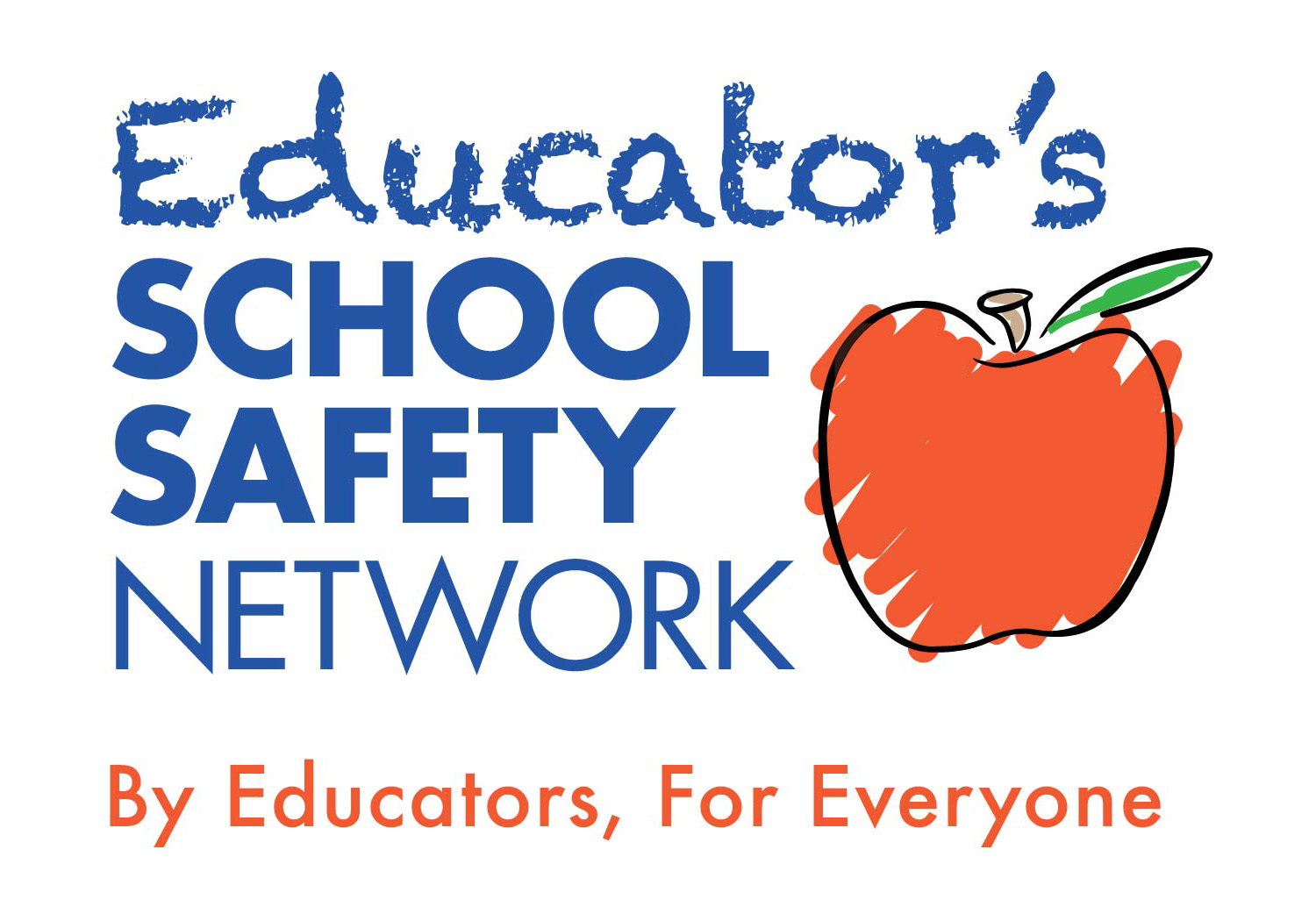A lot has been written last week about Ahmed and his clock “bomb”. While relevant points and needed discussion has been engendered about racial and ethnic bias, zero tolerance, over-reacting schools etc., perhaps a critical point has been lost in the shuffle – the deplorable state of most schools’ bomb threat policies and procedures.
We talked last week about how schools need to be equipped with training and tools in order to determine what student behaviors actually pose a “real” threat, but put that issue aside for a moment.
Here, it didn’t matter whether Ahmed’s clock posed a “real threat” -by involving law enforcement, it was treated as one by the school. Yet despite this fact that, and that teachers were purportedly “concerned” about the clock (i.e. telling him not to show anyone else, confiscating it, etc.) and its potential to be a “bomb”, it does not appear that any formalized protocol was used.
Who exactly in that school was trained to determine if the item was a bomb? (No one- and the bomb squad was never involved)
Did evacuation of the area near the supposed “bomb” take place? (No)
Was law enforcement involved in determining the validity of the supposed “bomb threat” or were they just around to charge Ahmed later at the schools request? (Law enforcement never involved the bomb squad or enacted bomb threat protocols)
In all the second guessing and critiques of the school’s potentially biased response, is anyone concerned about whether or not this organization (and schools just like it across the country) has the capability to respond appropriately to a legitimate bomb threat – or to an actual explosive device?
Most if not all bomb threat protocols in use in schools (if they even have one) are predicated on how to respond to a “threat”, not how to respond if an actual bomb is in play. It’s very similar to how our fire evacuation protocols are really just procedures for leaving the building during a drill instead of considering how we would exit in a real fire, with smoke everywhere, blocked exits etc.
A close look at Columbine, a pivotal school violence event, shows us that if the perpetrators had been better bomb makers, it would have been a catastrophic bomb event, not a school shooting. Since then, we have spent a lot of time and effort discussing and practicing for a school shooter, while completely ignoring the greater peril – a mass casualty incident resulting from an explosive device that can be built using items from the local hardware store with directions from the internet.
Many safety experts believe, and rightly so, that the next “Sandy Hook” event will be a bombing event – and schools are not even remotely prepared. Let’s use the spotlight of the mishandling of Ahmed’s case as a catalyst to a greater good – evaluating, updating, or in some cases, implementing effective bomb threat response protocols.


